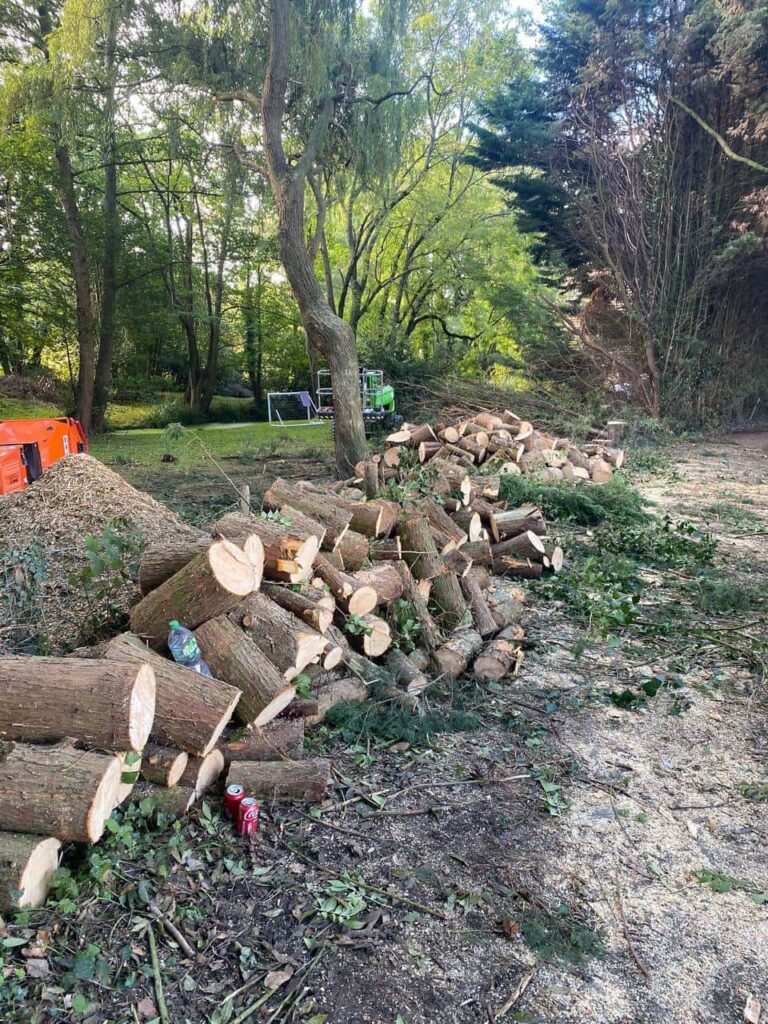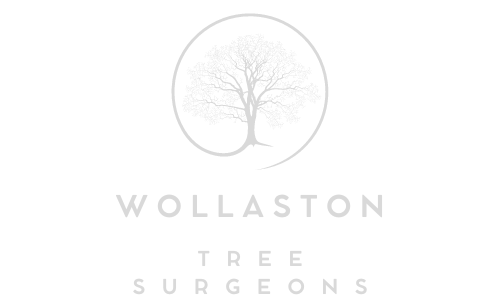Can Pruning Help Trees Recover from Pests or Diseases?
Trees are a valuable part of any landscape, providing shade, aesthetic appeal, and environmental benefits. However, when a tree is affected by pests or diseases, it can become weakened and vulnerable to further damage. Many property owners wonder if pruning can aid in the recovery process. The answer is yes—strategic pruning is an essential method for helping trees combat infestations and diseases while encouraging new, healthy growth.
1. How Pests and Diseases Affect Trees
Pests and diseases can cause significant damage to a tree’s structure, foliage, and root system. Some common threats include:
- Aphids and scale insects – Sap-sucking pests that weaken tree growth
- Wood-boring insects – Can damage the internal structure of trees
- Fungal infections – Such as Dutch elm disease or ash dieback, which spread through branches
- Bacterial diseases – Can lead to wilting and discolouration
- Root rot – Affects a tree’s ability to absorb water and nutrients
If left untreated, these issues can lead to tree decline or even death.
2. How Pruning Can Help Combat Pests and Diseases
a) Removing Infected or Infested Branches
One of the primary benefits of pruning is eliminating diseased or infested limbs before the issue spreads further. By cutting away affected areas, the tree can focus its resources on healthy growth instead of sustaining weak, compromised branches.
b) Improving Air Circulation and Sunlight Exposure
Many fungal infections thrive in damp, crowded tree canopies. Proper pruning allows more air and sunlight to penetrate through the tree’s branches, reducing moisture levels and making conditions less favourable for disease development.
c) Encouraging New, Healthy Growth
Strategic pruning stimulates new branch and leaf development, allowing the tree to regenerate stronger and healthier after damage from pests or disease. Removing dead wood also prevents decay from spreading further into the tree.
d) Preventing Future Infestations
Pruning can help trees become more resilient by eliminating breeding grounds for pests. Many insects lay eggs in dead or dying wood, so removing these areas can reduce the chances of reinfestation.
3. Best Practices for Pruning a Diseased or Infested Tree
To ensure pruning is effective, it must be done correctly. Here are some key best practices:
- Use sterilised tools – Prevent the spread of disease by disinfecting pruning tools between cuts.
- Avoid over-pruning – Removing too much foliage at once can stress the tree and slow its recovery.
- Time pruning correctly – Late winter or early spring is often the best time for pruning, as trees are dormant and can heal quickly.
- Dispose of infected wood properly – Burn or remove diseased branches to prevent further contamination.
4. When Professional Tree Surgery Is Necessary
While light pruning can be done by property owners, severe cases of pest infestation or disease require the expertise of a professional tree surgeon. Specialists can:
- Assess the extent of damage and determine whether pruning is a viable solution
- Identify the specific pests or diseases affecting the tree
- Implement advanced pruning techniques to support recovery
- Offer additional treatments such as pest control, soil improvement, and fungicide application
Conclusion
Pruning plays a vital role in helping trees recover from pests and diseases. By removing infected branches, improving airflow, and encouraging new growth, it strengthens the tree’s natural defences. However, proper technique is crucial to avoid further stress or damage. If you have a tree affected by pests or disease in Wollaston, Northamptonshire, consulting a professional tree surgeon ensures the best chance of recovery and long-term health.
Call us on: 01933 823 181
Click here to find out more about Wollaston Tree Surgeons
Click here to complete our contact form and see how we can help with your tree needs.

